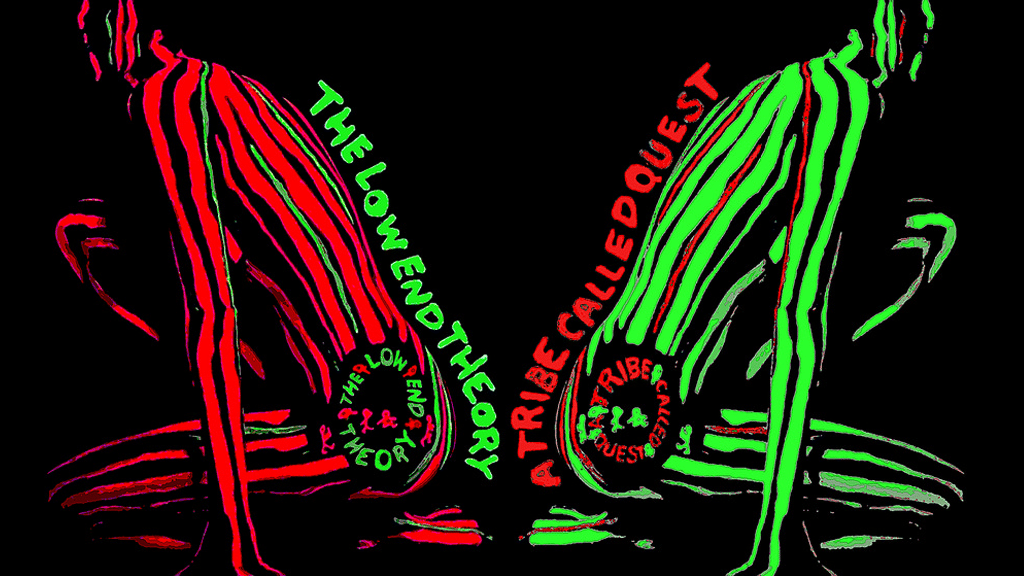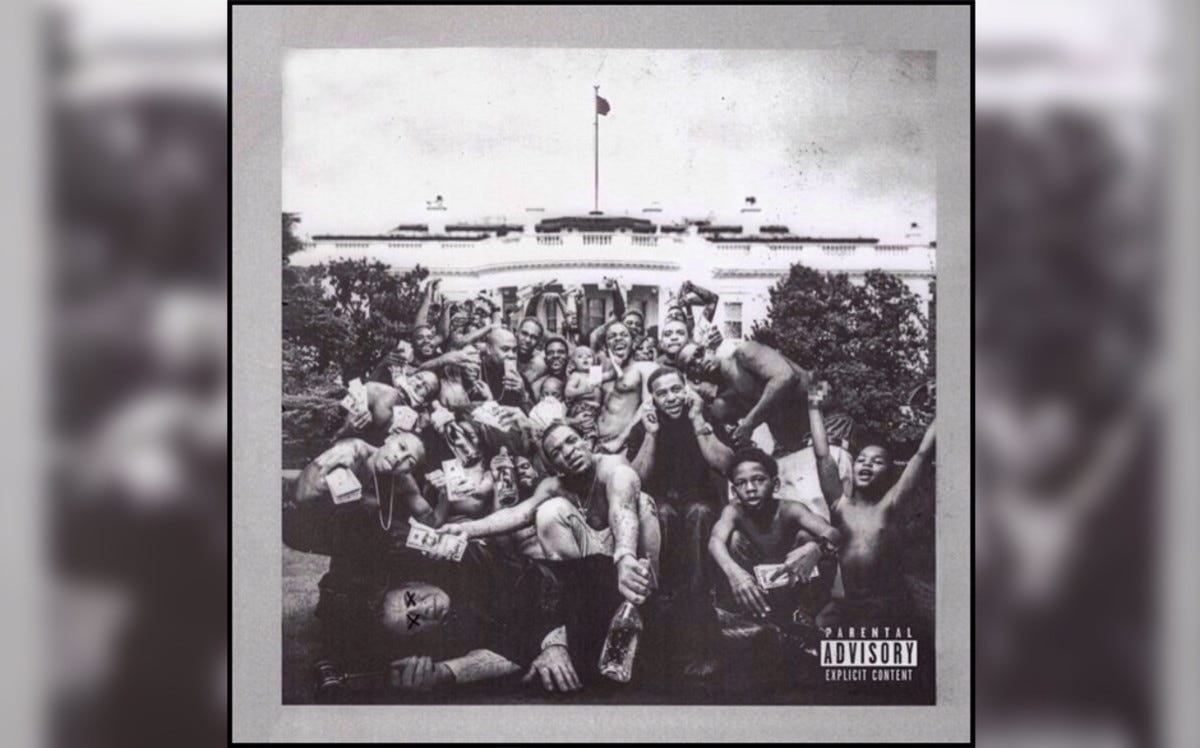The roaring twenties – famous for prohibition, flappers, the rejection of moral standards, and the jazz age. Jazz music was prevalent from the 20’s and long throughout history. This type of music has distinctly shifted from big bands to combos, swing, bebop, hard bop, cool jazz, free jazz, and fusion. Each of these styles distinctly changed the definition of jazz and each evolved the jazz scene in terms of performances, artists, songs, and core sound. The most recent being fusion, fusion is a style that combines jazz elements with the sounds of rock, funk, and rhythm music. Some of the most notable artists include Miles Davis, Herbie Hancock, and Chick Corea — the latter two are still alive. Miles’ album “Bitches Brew” was one of the pioneer fusion albums.

The latest development in the jazz scene took hold in the 1980’s when the worlds of hip hop and jazz started to intertwine more than anything previously. And thus the genre “Jazz Rap” was born. One of the main goals of the formation of jazz rap was to combine the past and present forms of African American Music to form a modern genre while expanding the horizons. Jazz rap is just what it sounds like – rap / hip hop music that combines many elements of jazz music. Such elements include chord progressions and harmonies, instrumentation, licks, and genre style. The term “jazz” has become quite blurry in recent times as it has evolved from standard swing music to something a lot more funk-like. Rather than computer-generated beats, jazz rap incorporates jazz-like rhythm grooves in basslines and other instruments.

Some of the groups invoved in creating this new genre include A Tribe Called Quest, The Roots, and many others. One of the most prevalent jazz rap albums is The Low End Theory by A Tribe Called Quest. Low End Theory was one of the first albums which combined rap / hip hop with the laid-back aspects of jazz (drum groove, bass lines, chords and harmony). This album, released in 1991, has 14 songs but there is one that I wish to point out in particular. Titled “Jazz (We’ve Got),” the song obviously is pronouncing its ties to jazz. The song features notable jazz rhythms and harmony under hip hop lyrics. Additionally, jazz licks are repeated throughout the song on traditionally jazz instruments. At the end of the song, they include the names of many other prominent jazz rap artists as a form of tribute.

In the more modern age, Kendrick Lamar’s To Pimp a Butterfly defined the genre of jazz rap but also a much broader sense of African Americans, tying social issues into the album. The album notably includes a number of jazz and funk aspects from bass lines to jazz instrumentation and licks. For example, “For Free? – Interlude” is almost entirely a jazz song underneath spoken-word and rapped lyrics. While the lyrics are very explicit, the jazz is undeniably the core of this song because of the instrumentation and classic swing groove combined with Lamar’s rapping. Personally, I love this album even though I’m not much of a rap fan because of the defining characteristics and jazz elements. This album was quite groundbreaking, to the extent that many people have written papers and analyses about the album and its impact on the music industry. Combing both social justice issues and jazz, this album is extremely significant across the board, as it tells a story and blew up when it as released.
